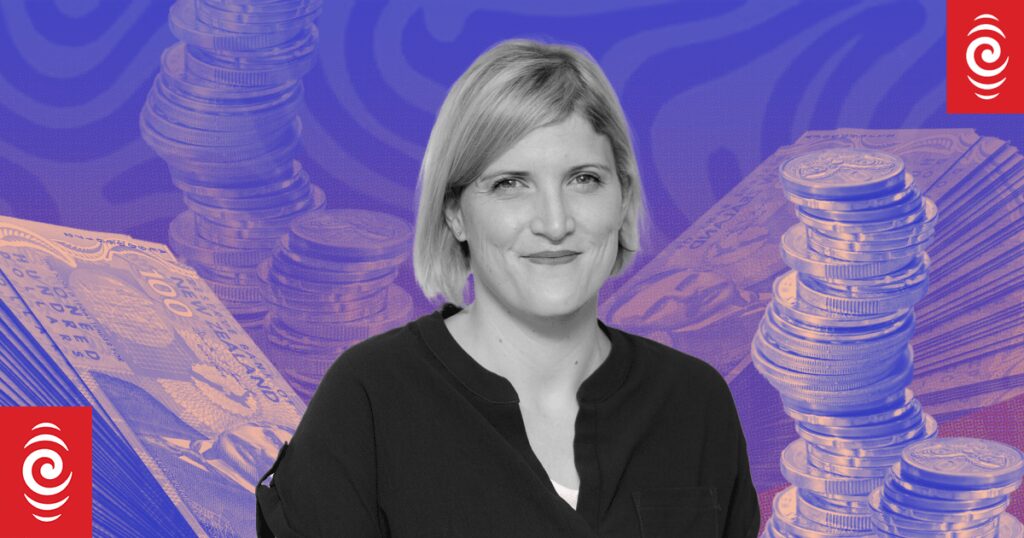Navigation for News Categories
Photo: RNZ
Do you have a burning money question? Send it to susan.edmunds@rnz.co.nz
Please note: advice is generic in nature. Specific guidance should be sought from professional advisers.
I’m thinking about taking a second job because I’m still struggling to get by with the cost of everything being so high. But am I going to be stung with secondary tax?
You will need to apply a secondary tax rate to the earnings from your second job, but that doesn’t mean you’ll necessarily pay a higher rate of tax just because it’s your second job.
That might sound a bit confusing, so here’s an explanation.
New Zealand has a marginal tax rate system, which means that portions of your income are taxed at a higher rate, as you earn more.
Your income is taxed each payday on the basis of your total expected earnings for the year.
But when you have two employers, they don’t have insight into what the other is paying you. So when you take your second job, you’ll apply a secondary tax code to that income.
This is usually at a higher rate – because it’s in addition to income you’re already earning. Under the current tax brackets (which change at the end of July) this was normally 30 percent.
Then, if it turned out that 30 percent was too high a rate, based on your overall income for the year, you would get a refund.
And if it turned out that the secondary tax rate you were on was too low, you might get a bill.
Your overall tax bill isn’t higher – you might just see your second income being taxed more because it’s effectively the higher parts of your income, which are always taxed at a higher rate anyway.
With so many redundancies happening, a lot of people will be getting leave paid out, as well as redundancies. Is there any way to avoid being put into a higher tax bracket for that pay?
If you were on the cusp of a tax bracket, a redundancy payment could put you over into the next one, which would mean a bigger tax bill.
Photo: RNZ
Robyn Walker, a tax expert at Deloitte, says redundancy payments should be taxed as extra pay, which means a flat rate of tax applies based on your marginal income tax rate.
But she says the timing of the payment can make a big difference to your overall outcome.
“If a redundancy payment was received in, say, March 2024, all of the income would be added to what had been earned in the 2023/24 tax year by that individual. If a redundancy payment were received in April 2024, if the employee did not end up working for a period in the 2024/25 tax year, then the employee may get some tax back at the end of the year.”
Someone who earned $52,000 a year and received a redundancy payout of $12,000 would have that taxed at 30 percent, based on total earnings for that year of $64,000.
If they received it in March 2024, they would pay correct tax. But if they received it in April, they would still be taxed at 30 percent and if they did not get another job in the year, they would have been overtaxed and end up getting a refund.
“In this case, the $12,000 should have been taxed at 10.5 percent and therefore the employee will receive a refund of $2340,” Walker says.
Ask Susan will run each Saturday on RNZ’s website.
Get the RNZ app
for ad-free news and current affairs
>>> Read full article>>>
Copyright for syndicated content belongs to the linked Source : RNZ – https://www.rnz.co.nz/news/business/520829/ask-susan-what-s-the-deal-with-secondary-tax
